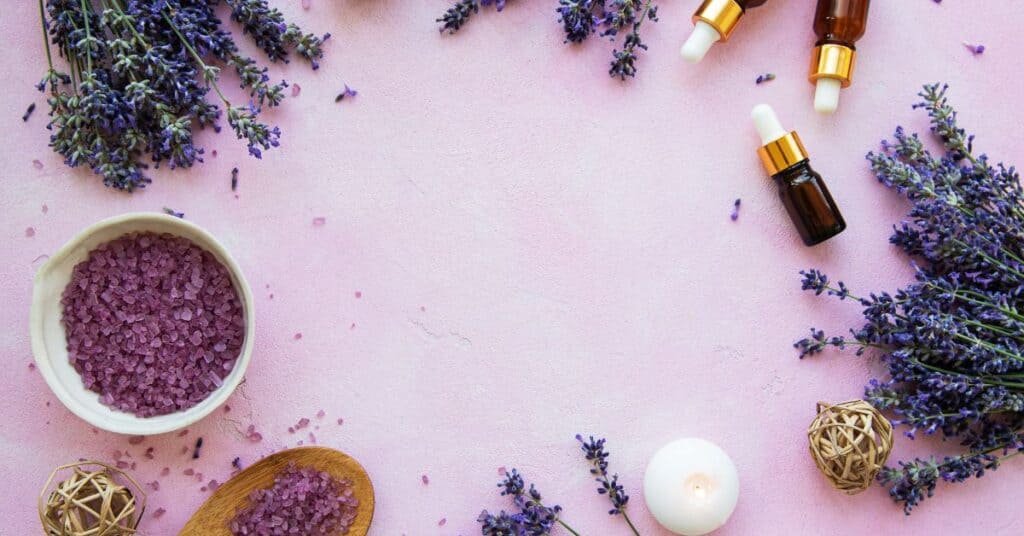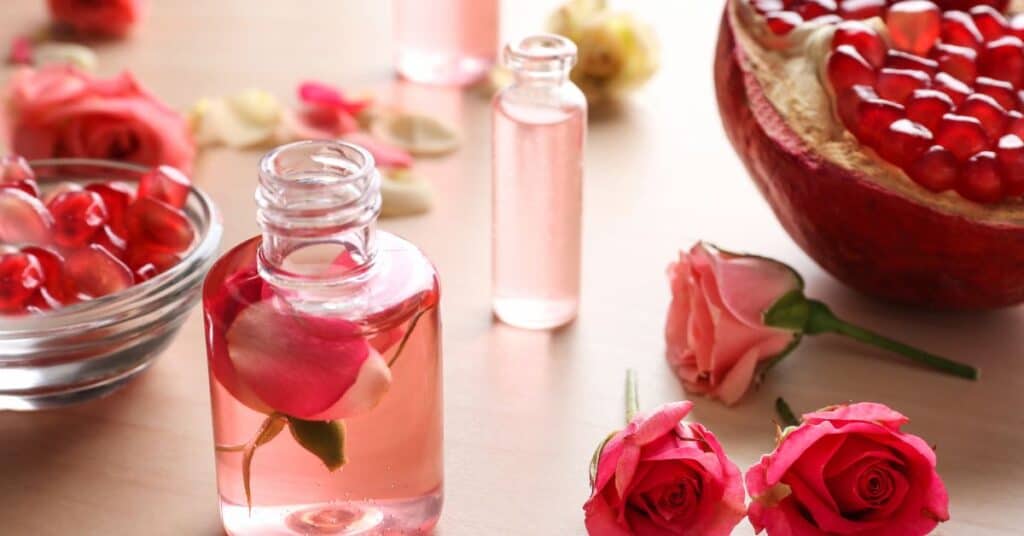Table of Contents
- Where Can I Buy Fragrance Oil For Soap Making?
- What To Do When Fragrance Oil Accelerates?
- Best Fragrance oil Blend For Cold-Process, Hot-Process And Melt&Pour Soap
- Conclusion
Do you want to buy Fragrance oil for your soap? Well! Let me show you where I buy mine.
As a soap maker, quality is at the top of my list when buying fragrance oil.
Before buying your fragrance oils, it is essential to have a picture of the soap you want to make.
So you know from what fragrance oil families or categories you are to choose and how to mix them to get your unique scent.
Hence, this is where I buy my materials from and where I buy oil for soap.
Let’s begin!
Where Can I Buy Fragrance Oil For Soap Making?
Many fragrance oils are safe to include in soap, lotion, and other body products. I buy from these vendors because they sell quality and are reliable sources.
If you decide to use fragrance oils, you must check they are suitable for making soap, particularly when making cold-process soap.
look-out for fragrance oils free of parabens and phthalates and reviews for any potential allergens.
Some fragrance oils tend to fade after the saponification process.
Ensure you check on the website for how they react and the quantity to use in the soaps.
You can also refer to the IFRA Certificate for more detailed information, including safe usage rates for fragrance oils.
Be sure to follow the guidelines of your specific recipe when calculating the amount of fragrance you need. Here are my favorite fragrance oils vendors.
Nature Garden is my best bet because they are of better value; their scents are robust and have a large selection.
So my top bet is mango sorbet; it holds up well in cold process soap and discolors a little bit. Make sure you check on the website to see what is written about the fragrance.
I also love Nature Garden for their attention to detail about their product on their website; it shows how much they care about the buyers.
Wholesale Supplies Plus uses crafters’ choice fragrance oils, which are excellent. And again, the same rules apply here; you want to see if it is safe to use in soaps.
And one of my favorites is their COTTON CANDY TWIST and Caribbean Coconut fragrance oil.
It is also good to know that fragrance oils contain vanilla discolors, and there are ways to work around them to create a unique color.
They categorize their fragrances by notes, comparable fragrances, and fragrances by seasons.
Brambleberry doesn’t just sell fragrance oils; they also make soap, making it a fantastic supplier to buy from since not all fragrance oil is safe for soap.
Their rose gold and lychee red tea fragrance oils are some of my best; they retain the smell and have no decoloration.
You also get much information on the fragrance oil you want to buy.
Their price is relatively high but of good quality, so you don’t have to use it as much; just a little goes a long way.
Bulk Apothecary is also one of my favorite high-quality fragrance oils, and their price is relatively high, but they are amazing, which means you don’t have to use them as much; just a little goes a long way.
What To Do When Fragrance Oil Accelerates?
Some fragrances (primarily floral) will cause cold process soaps to accelerate or ‘seize.’ If you are having trouble with a fragrance oil,
I recommend you try the following:
Choose a fragrance oil that is known to be non-accelerating.
Make sure you are using enough water. For every kilogram of fats/oils in your recipe, ensure you use at least 330g of water.
Lower the temperature of your oils and lye solution to around 105-115°F. Higher temperatures can cause acceleration or overheating.
Try a combination of oils: You may have more luck producing a more potent smell by using a combination of oils in your soap.
Blending a top, middle, and base note could give it more balance once the soap is ready to use.
Add the fragrance at the lightest trace and continually stir by hand; once the fragrance is added, Refrain from using electric whisks or blenders.
Stir only enough to incorporate the fragrance and then pour into the mold.
If you are having difficulty, add the fragrance oil to a few ounces of fats/oils reserved from your recipe.
Add this at light trace, stir well enough to incorporate, and quickly pour it into the mold.
As a last resort, add the fragrance to your fats/oils before adding the caustic soda solution and proceed as usual.
You will still have to work quickly, but you should have enough time to get your soap into the mold.
I use this method frequently with known seizures, and it works well.
Best Fragrance oil Blend For Cold-Process, Hot-Process And Melt&Pour Soap
crisp and clean
Egyptian linen & lavender buds
pink pepper & vetiver
Calabrian lemon & lilac leaves
cardamom tea & grapefruit
crisp and beautiful ocean
sage & lavender
woodsy scents
cannabis & agarwood
juniper fir & balsam spruce
bergamot & ambergris
cannabis & agarwood
frankincense & myrrh
driftwood & juniper
harvested sumac & campfire
flowering clove & sandalwood
fig leaf & galbanum
natural Palo alto & sage
pumpkin & persimmon
ginger wood & palo alto
leather & brandy
white sandalwood & smoke
dahlia petals & sandalwood
apple rind & cinnamon
bayberry & fir wreath
birch bark & ripe fig sapling
cannabis & agarwood
gilded rose & spruce
santal & black cardamom
sweet or spicy scents
prosecco & pink raspberries
coffee bean & cacao
maple chai & sweet cream
moon flowers & vanilla,
strawberry macaroon & vanilla
vanilla santal & shea butter
apple rind & cinnamon
lemon verbena & thyme
mandarin & resins
kakadu plum & amber
raw cinnamon & clove
rose patchouli & amber
fresh and fruity
coconut & acai
yuzu blossoms & hinoki
blood orange & lime agave
salt air & honeydew
sexy scents
orchid & black amber
driftwood & juniper
santal & black cardamom
flowering clove & sandalwood
oud patchouli & grapefruit
cardamom tea & grapefruit
cedarwood & neroli balsam
Conclusion
Navigating the landscape of fragrance oil acquisition is an exciting part of the soap-making process.
Remember to consider factors such as the reputation of the supplier, customer reviews, and the variety of scents available.
Start with small quantities to experiment with different fragrances and find the perfect aromas that align with your creative vision.
So, dive into the scented world of soap-making, explore diverse sources, and let the fragrances you choose become an integral part of your soaps’ stories.



